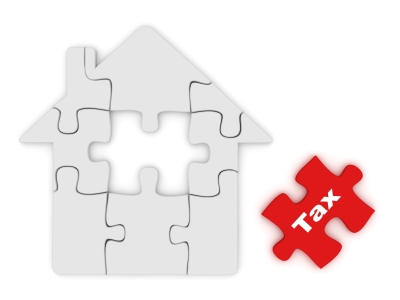| Day | Opening Hours |
|---|---|
| Monday | 8:30am - 6pm |
| Tuesday | 8:30am - 6pm |
| Wednesday | 8:30am - 6pm |
| Thursday | 8:30am - 6pm |
| Friday | 8:30am - 6pm |
| Saturday | 9:00am - 3pm |
The impact of Stamp Duty on homeowners and the housing market has been revealed by the latest report from HomeOwners Alliance.

The impact of Stamp Duty on homeowners and the housing market has been revealed by the latest report from HomeOwners Alliance.
Average Stamp Duty paid on buying a home has jumped from £532 in 1995/6 to £5957 in 2011/12.
And in London, the average amount of Stamp Duty paid by homebuyers has rocketed to £17,529.
Stamp Duty has risen 7.1 times faster than inflation, 6.5 times faster than average earnings and 4.6 times faster than house prices since 1995/6.
And in a further blow to the housing market today it is now taking far longer for homeowners to save for Stamp Duty.
Average Stamp Duty paid is now equivalent to 11 weeks average earnings, up from eight days average earnings in 1995/6
The government forecasts it will make as much money taxing people buying their homes as it will from the “sin taxes” on alcohol and tobacco by 2017/18. A policy that has been slammed as being completely inconsistent with its proclaimed aim of helping homeowners and discouraging smoking and drinking.
On average, home buyers now have to hand over 3.7% of the price of their new home to the government. And more house buyers pay Stamp Duty at 3% or more than the basic rate of 1%.
The astonishing impact of stamp duty on homeowners and the housing market is revealed by a new report by the HomeOwners Alliance - Stamping on Aspiration: the real cost of stamp duty.
Stamp Duty is now so high that it is making it more difficult for first time buyers to get onto the property ladder and may even be deterring homeowners from moving. Someone buying a £250,000 home with a 95% mortgage will now have to give nearly 40% of the money they have to save to the government. The upfront repeated ramping up of Stamp Duty by successive governments since 1997 is regarded as a major contributor to the decline of homeownership in the UK since 2002.
Homeowners have been hit by a “quadruple whammy” of escalating stamp duty rates, new stamp duty bands, frozen thresholds and rising house prices. Since 1997 – when the government decided to start hiking up the home tax – the number of stamp duty bands has increased from 1 to 5, and the highest rate of stamp duty has increased from 1% to 7%.
The government has designed the system so that even small increases in house prices lead to homebuyers having to pay dramatically higher tax. Stamp Duty has gone from a tax that most homebuyers don’t pay to one that most have to pay. In 1992/3, only 37% of properties were subject to stamp duty, but now 54% are.
Peter Lawrence at Lawrence Rand said: “The housing market is undoubtedly being affected by the rising cost of Stamp Duty which should ideally be reformed to make it fairer perhaps by the removal of the “slab tier” effect to a rising incremental scale.
However, with it being such an easy tax to collect and generating significant revenues for the Treasury, I wouldn’t be holding my breath on change any time soon.”